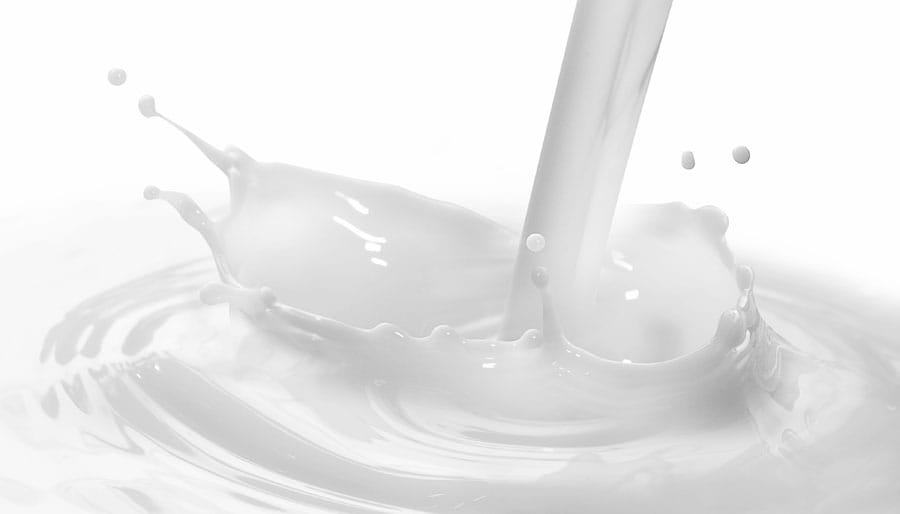The BRT hi-sense operates by making use of the sensitivity of specific test bacteria to antibiotics (and other inhibitors). With inhibitors present, metabolic activity, and thereby also the growth of the test bacteria, is prevented or slowed down.
The BRT hi-sense is based on the Brilliant Black Reduction Test principle, in which a reduction process is used to measure the level of growth with the help of colored indicators. The color of the indicator changes from blue to yellow in response to the acidic metabolic products of a growing test culture.
In the case of incubation with inhibitor-free milk, the test bacteria will grow and cause a color change to yellow and the test is considered negative.
Should the milk tested contain inhibitors, this color change will not happen, or happen only to a smaller degree, and the color will remain blue. This signifies a positive milk sample.
The BRT hi-sense is the most sensitive in the BRT range. Being one of the broadest tests in the market, the BRT hi-sense shows excellent sensitivities to beta-lactams, cephalosporins, tetracyclines, sulphonamides, tylosin, gentamycin and neomycin compared to EU MRLs.
BRT hi-sense is very insensitive to natural inhibitors, making it an excellent test to specifically show presence of antibiotic residues. Further, it performs well both in high-fat milk samples and in milk with low pH.

